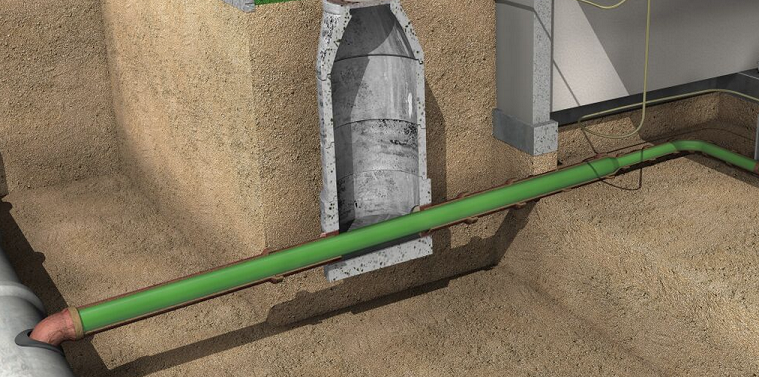Living in Sydney, we’ve all heard of the disaster scenarios.
You know the ones where floors have to be dug up and gardens destroyed in order to replace a section of damaged drain. Traditionally, there was no alternative to excavation, however now with the help of modern technology and innovation, the section of pipe that needs to be replaced, can be…without a trace.
Enter, Pipe Relining…

What is Pipe Relining?
To put it simply, Pipe Relining is a technology that allows you to repair a section, or a length of pipe from the inside, meaning that excavation is often not required and if it is, it’s relatively minimal.
Why would you reline a pipe, over replacing it?
Living in Sydney is great, however if there’s one thing we don’t have a lot of, it’s space. Often our neighbours are merely a couple of meters away from us, which means that when it comes to the maintenance and repair of our drainage systems, it’s not uncommon to find that the services are either run directly underneath our own homes, or in very close proximity to our neighbours.
Excavation can be an expensive and painful task, especially once you consider things like pulling up floors, concrete driveways and digging up lawns. Not to mention the potential structural risks associated with excavating alongside a building and it’s footings.
In scenarios where access is tight and options are limited, relining an existing service is an extremely viable alternative to excavation.
How does it work?
There are a number of different pipe relining solutions that are all designed to suit different applications, however they all have a common result, in that they use the existing drain as a host to a new liner.
The liner is installed via various different methods, where it is forced up against the internal walls of the existing pipe and set in place using a resin. Once the resin has set, the result is a new pipe, inside the existing.
What are the different types of pipe relining?
Patch Repair, or Spot Repair
This type of pipe relining is probably the most common as it addresses small sections of damaged pipe by installing a liner over the effected area, using an inflatable bladder.
A common example of where you might use a patch repair could be where a joint in an old clay pipe has dislodged and a tree root has made it’s way into the drain. A patch repair would seal this up.
Junction repair
As it’s name suggests, junction repairs are designed to repair issues that occur on, or around junctions (which is where pipes join together). This system works by repairing both upstream, and downstream of the break, as well as the affected branch line.
Main line repair
This scenario calls for a larger system that is designed to repair long lengths at one time. A common example for the use of this type of installation might be in a scenario where a drain alongside your home has multiple breaks that need to be repaired. To save installing a series of patches, main line repair can be used to create a seamless liner.
How do I know what I need?
That’s where Mr 24/7 Plumbing come into the picture.
Very often, your repair might require either one of, or a combination of these different applications. Our investigation and diagnosis is paramount in determining what method is going to suit your scenario.
How will I know what it costs?
As always, Mr 24/7 will investigate the situation thoroughly and present you with options for you to choose from. We’ll always be upfront with you, so that you know exactly what is to happen, how it’s to take place and all of the associative charges.
